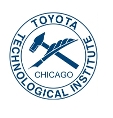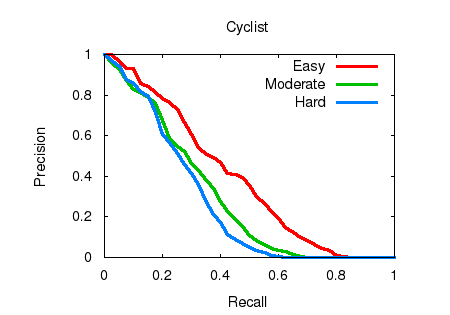http://people.cs.uchicago.edu/~rbg/latent/ Submitted on 25 Oct. 2012 14:09 by Philip Lenz (KIT)
|
Method
Detailed Results
Object detection and orientation estimation results. Results for object detection are given in terms of average precision (AP) and results for joint object detection and orientation estimation are provided in terms of average orientation similarity (AOS).
|





